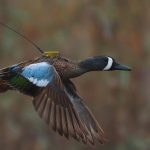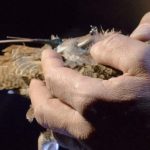← Back
Montagu’s harriers are itinerant during their wintering in Africa
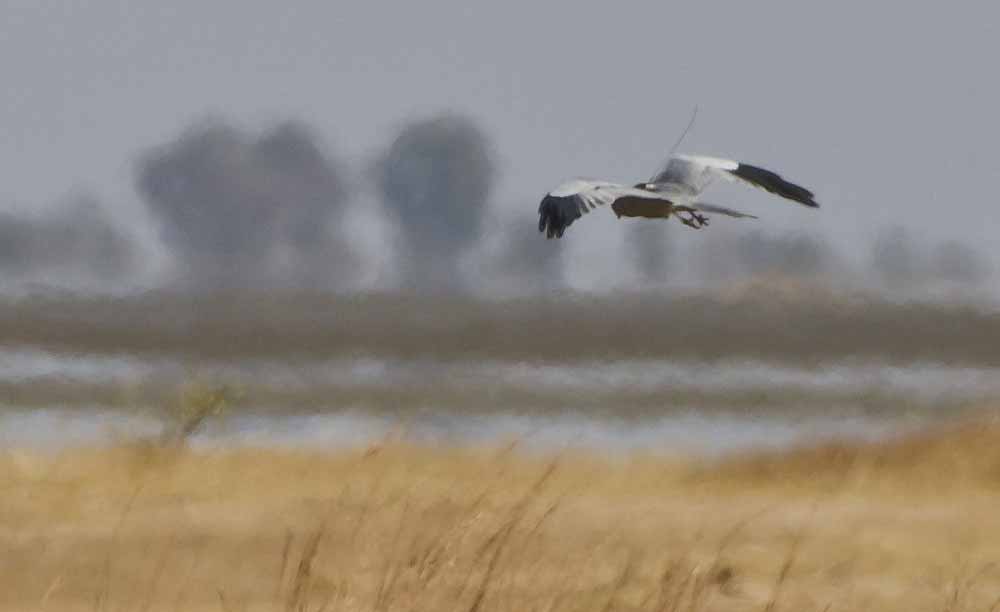
Montagu’s harriers are migratory raptors wintering in Africa from Europe. However, once there and as many migrant birds, they do not stay at the same place during the whole winter, but move from site to site. Understanding this behaviour can give hints on the species’ resilience.
Montagu’s harriers (Circus pygargus) are insectivorous long-distance migratory raptors wintering in Africa. As many such birds, they are in decline (see How do lesser spotted eagles learn their migration routes? Where do European Lesser Kestrels go?, Lesser Kestrels back in Bulgaria). In addition to agricultural intensification in the breeding areas, changes in environmental conditions at their wintering sites are in question to explain this decline.
Once arrived in Africa for wintering, many bird species do not take residence at the exact same place for the whole winter, but use several sites throughout their stay, a behaviour known as “itinerancy”. Determining if a species has such a behaviour, or not, should help in assessing its vulnerability to changes in environmental conditions.
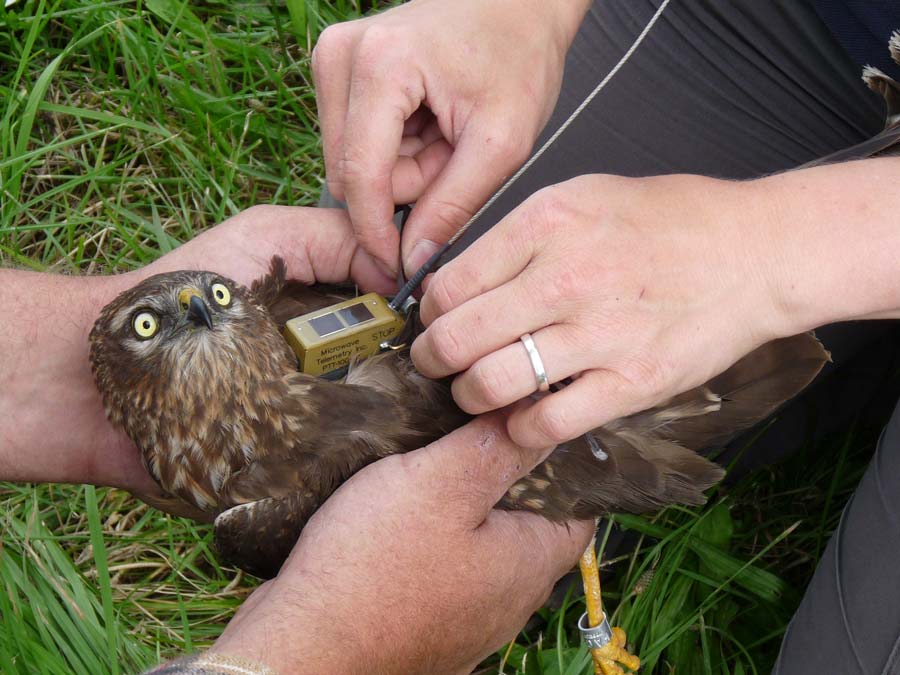
More info about animal tracking with Argos
Tracking Montagu’s harriers
60 adult Montagu’s harriers (24 males and 36 females) were equipped with solar-powered Argos transmitters in Western Europe between 2005 and 2018. This led to a total of 99 wintering tracks.
Moreover, 65 adult Montagu’s harriers (45 males and 20 females) were tracked using GPS loggers with a total of 63 wintering tracks retrieved. In total, 33 individuals were tracked in two years and more (up to 5 years in two cases). During all those winters, the tracked birds used 449 different wintering sites.
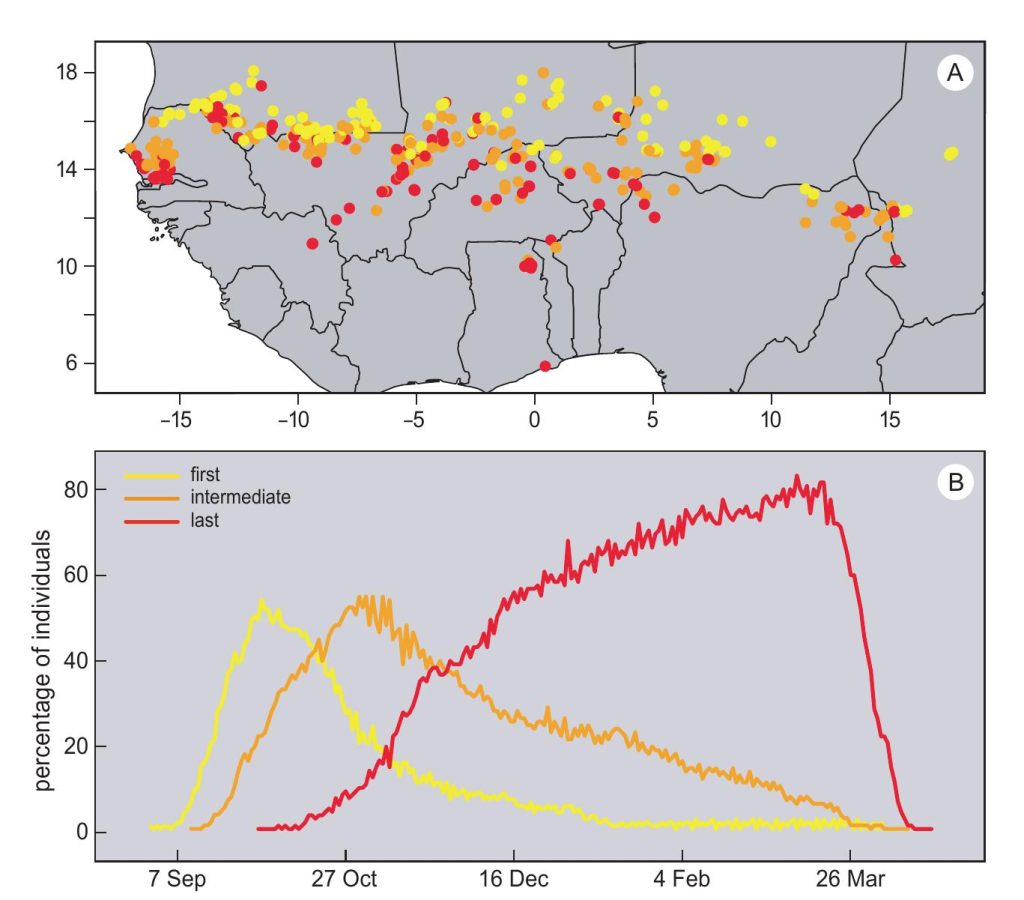
During a winter, the Montagu’s harriers used on average 3.3 different sites (between 1 and 6, depending on the individual) located between 5.9°N and 18.1°N and between 17.1°W and 17.6°E. The detected wintering sites were classified as first, intermediate, or last wintering sites. The vegetation there was very varied, from bare and sparsely vegetated areas to agricultural ones, but markedly different from what it would be on randomly chosen sites.
Harriers also selected their wintering sites depending on the vegetation greenness. Grasshoppers being the main prey of Montagu’s harriers, greenness was considered as a proxy of prey abundance. However, more field observations would be helpful in validating this hypothesis. Montagu’s harriers that were tracked in two years or more reused 75% of their wintering sites visited in the first year.
Last sites were almost always reused (91%). Interestingly, the timing of movements between wintering sites was influenced by local environmental conditions. Harriers left first site earlier, but arrived slightly later at the last wintering site when conditions were drier.
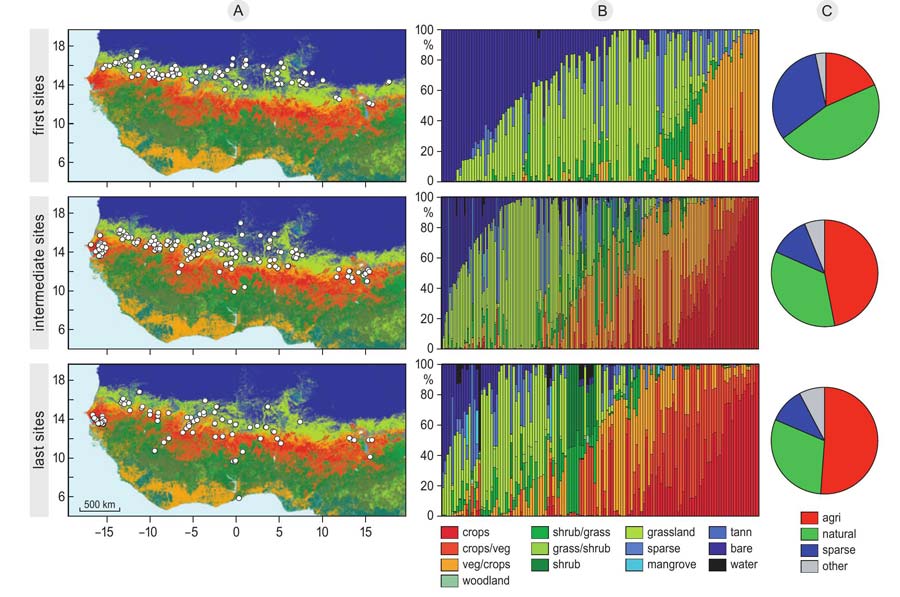
Montagu’s harriers show site fidelity with flexibility in their timing of use
The Montagu’s harriers seem to adopt a strategy of itinerancy: only in 3% of the wintering tracks a bird had a single wintering site. The wide distribution of chosen sites of all individuals over the whole West African Sahel shows that protection measures are difficult to imply. At the individual level, on the other side, harriers show great site fidelity, with the advantage of knowing the places, but being flexible in the timing of use of these sites by adjusting their stay to annual variation in environmental conditions.
The way Montagu’s harriers develop their migration and wintering strategies is yet unknown, and tracking of juveniles from their first winter onwards would be needed to answer this question.
Reference & link
- Schlaich, A.E., V. Bretagnolle, C. Both, B.J. Koks, R.H.G. Klaassen, 2023: On the Wintering Ecology of Montagu’s Harriers in West Africa: Itinerancy in Relation to Varying Annual Environmental Conditions, Ardea 111(1), 321-342. https://doi.org/10.5253/arde.2023.a4
- Dutch Montagu’s Harrier Foundation: www.grauwekiekendief.nl

